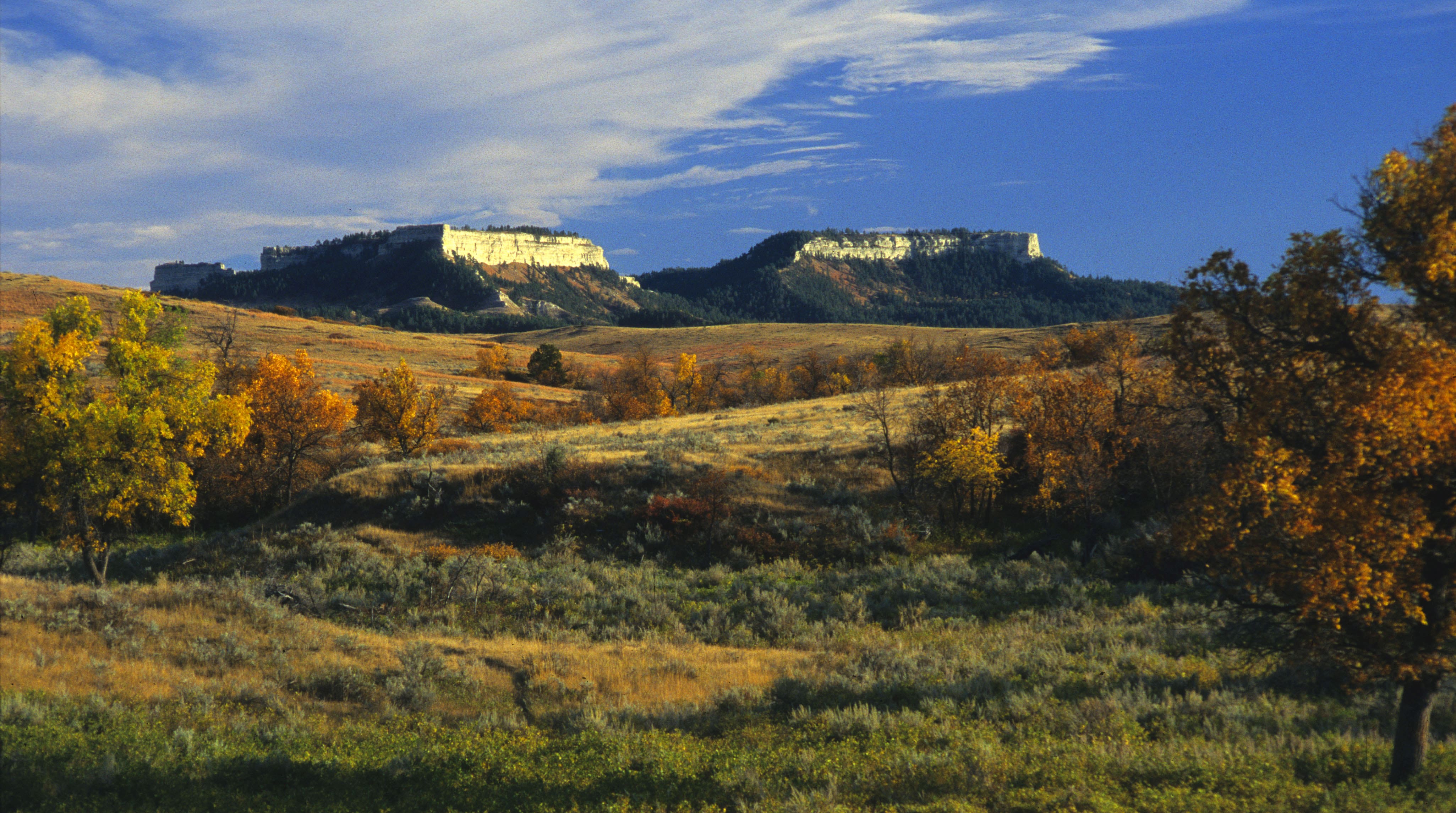This story is excerpted from the MT Lowdown, a weekly newsletter digest containing original reporting and analysis published every Friday.
A reader emailed us about the story we published earlier this month on the Snowy River carbon sequestration project proposed for land administered by the Bureau of Land Management. They wanted to know why the project developer is eyeing public land in prticular. They wondered: Are there no private lands suitable for such a project?
We can’t speak for project developer Denbury (or ExxonMobil, its parent company), but energy experts we’ve contacted hypothesize that the answer has to do with pore space — the empty space in the ground between sediment particles and in air bubbles trapped inside rocks.
In Montana, like most U.S. states, pore space ownership correlates with surface ownership. That’s a distinction from mineral rights, which can be “split,” or held by different owners. Developing a large project is easier in places with consolidated land ownership because there are fewer entities involved in negotiating the terms of an agreement.
And Snowy River is big. Denbury aims to inject 150 million tons of carbon dioxide into pore space below about 102,000 acres of federally owned land over a 20-year period. (The project also encompasses smaller chunks of land owned by the state of Montana and one private property owner.)
RELATED
Climate fix or pollution pipeline?
A company owned by ExxonMobil is eyeing one of Montana’s least-populated counties for a carbon dioxide sequestration project. Backers say such projects are necessary to steer the globe away from the worst impacts of climate change, but Carter County residents have questions.
How BLM would be compensated for the use of public land pore space for carbon sequestration projects remains to be seen, but Fred McLaughlin with the University of Wyoming’s Center for Economic Geology Research said clarity on that question should be coming soon.
McLaughlin told MTFP last week that BLM offices in Wyoming have fielded three carbon sequestration proposals. Agency employees, he said, are working through final rules on a compensation framework.
McLaughlin added that he anticipates there will be a leasing fee associated with the use of BLM-managed pore space, though it is likely to vary from project to project.
“That is a resource, and because of that it does have a monetary value,” he said.
LATEST STORIES
BLM to end new coal leasing in Powder River Basin
The agency’s decision comes amidst declining coal production nationally and moves by the Biden administration to curtail the power sector’s contribution to climate change.
What we know about the arrest of state superintendent candidate Sharyl Allen
How the recent arrest of Harrison School Superintendent Sharyl Allen ties to her Republican primary bid for state superintendent and to a state investigation into teacher misconduct.
Attorney General Knudsen accused of soliciting ghost competitor for campaign finance purposes
Incumbent Attorney General Austin Knudsen and his opponent in the GOP primary face political practices complaints following reports that Knudsen acknowledged recruiting an opponent so he could accept larger donations.


